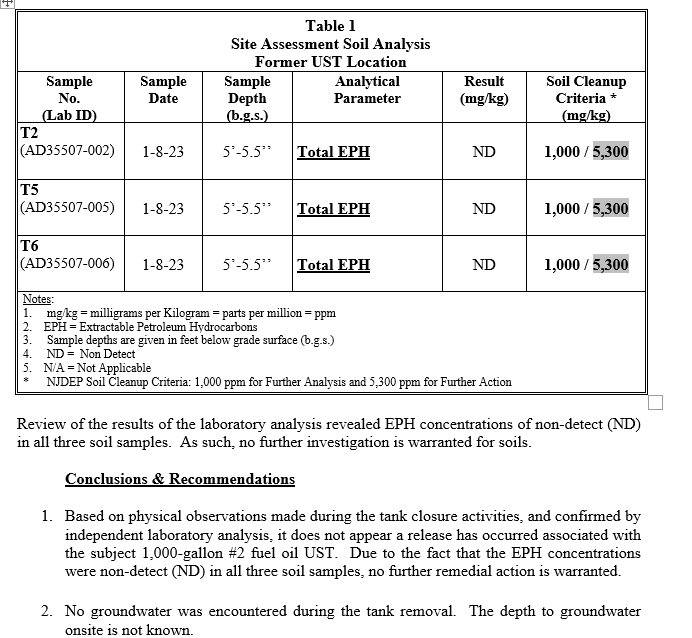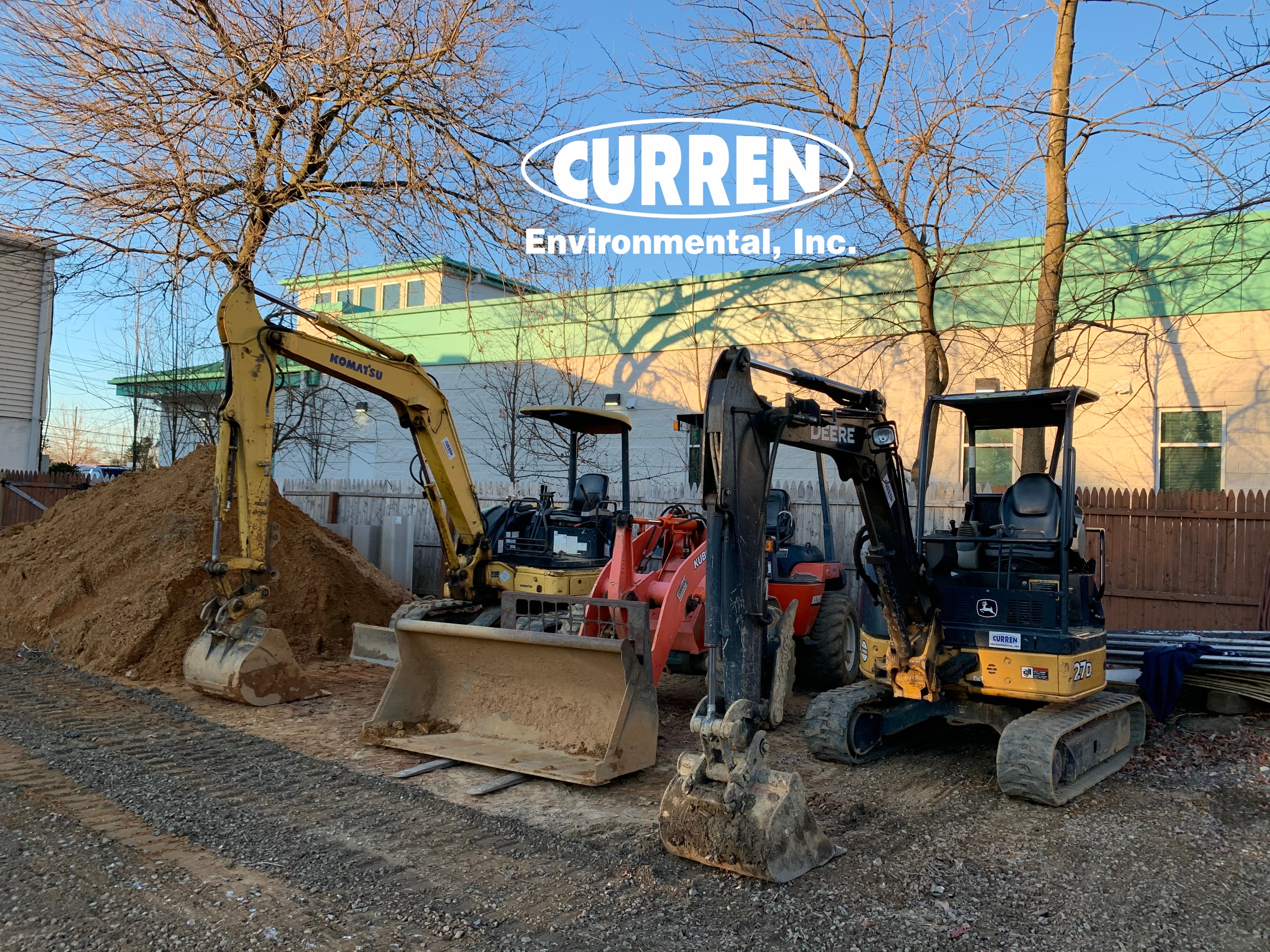Testing soils where an underground tank was removed
My underground oil tank was removed, do the soils get tested after excavation? The biggest expense with an oil tank is when the tank leaks. A small tank leak can cost $10,000, and a large leak over $100,000. The photo below is from a tank leak that cost around $70,000, so in-between small and large remediation.

The way the law reads is that the current owner owns the contamination and is responsible for the cleanup. Caveat Emptor, buyer beware. If you do not have something that clearly states there is no contamination from a removed oil tank, your best strategy is to assume the oil tank leaked until you can prove otherwise.
Free Consultation
888-301-1050
But wait maybe you are buying a property and the owner says the oil tank was removed, the EPA was out when we removed it. Run, run fast when you hear that, EPA is federal and would never come to your property. Even if you are told the NJDEP, DNREC or PADEP came out for the tank removal, be cautious, only Delaware tries to visit every tank removal, and Pennsylvania and New Jersey will not come to visit a tank removal.
Wait, the owner has approval from the local government that the tank removal was all good. Run away again, these approval stickers mean you removed a tank, doesn't matter if the tank leaked or not, you removed it, and the mission was successful.
All removed tanks need paperwork saying the tank was tested after removal, the samples are clean an No Further Action is needed. The expert from one of our tank closure reports clearly shows the lab testing data and our statement that the tank did not leak. This is COMMON language that any report should have. If you do not have this, you need to test the ground.

Why would a property owner not have soil test results?
Because they do not want to find a problem or have to tell you they have a problem.
When people did know their tank leaked, they didn't always report the leak or disclose it to a buyer. People claim memory loss, they didn't know the tank leaked, oil comes from the ground. Whatever the reason, you have to work in your best interest.
The photo below shows the side of a house where an oil tank was removed 15 years ago. No visible indication of the removed tank location and more importantly no report saying the tank did not leak.
Any buyer is going to want data saying the tank did not leak, that is where Curren comes in. We can drill and test the ground to protect our client's best interest. To be fair we often do this for property owners because their realtor or attorney lets them know that if they sell a contaminated property they can get sued and no one wants to buy a contaminated property.
To evaluate a removed tank location, you drill into the ground and collect soil samples, checking for the presence of residual oil.
 These soil boring generated soil boring cores that we field check with vapor meter. Select sample location are sent for independent laboratory analysis.
These soil boring generated soil boring cores that we field check with vapor meter. Select sample location are sent for independent laboratory analysis.

We and spread the soil borings to ensure we are encompassing the area of the removed tank. In practice our first 3 to 4 borings may miss the tank location is there is no prior documentation of the location. But as we study the geology we can determine where an excavation was located and that is where we test.

Protecting a buyer of real estate when an oil tank was removed is invaluable. Yes often times we are only doing what should have been done previoulsy, which is sampling the removed tank location. But many tank owners don't want to test because they will find a problem. Many people would rather not test a removed oil tank and hope a buyer doesn't ask about the tank.
Questions regarding oil tanks & oil contamination?
Call the Experts
888-301-1050


